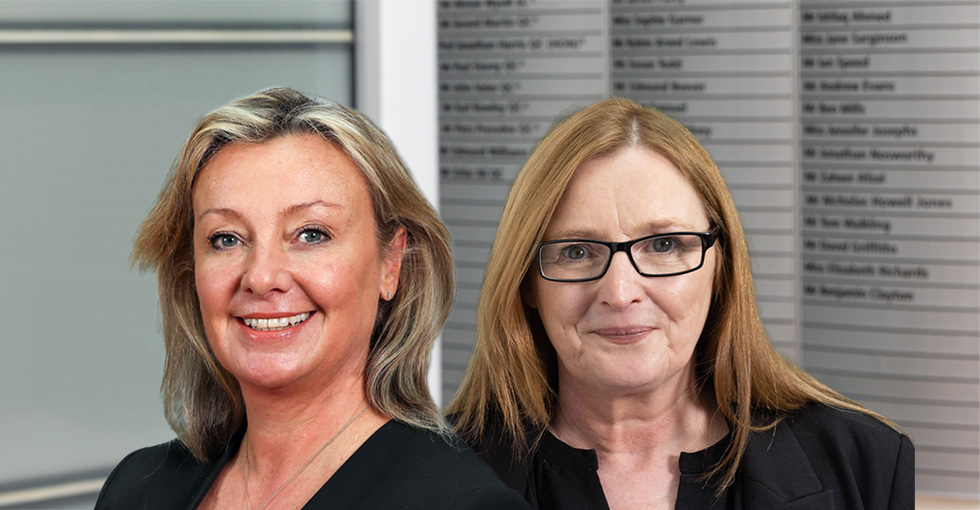Age assessments predominantly arise within the arena of immigration law where the question to be determined is whether the individual concerned is aged under 18. Those seeking to enter the UK are often both unaccompanied and undocumented, and the determination of age is a prerequisite to their legal protection. However, such disputes are not so commonplace in care proceedings. Often, the young person is already residing in the country and usually retains proof of identification.
A Local Authority v The Mother & Anor [2022] EWHC 3043 (Fam), considered just that. The court was concerned with a child of Afghani citizenship. The Local Authority issued proceedings after she alleged that her father and brother had assaulted her. She initially said she was 16 years old, but later retracted both assertions and stated that she was 9 years old. The child’s parents maintained that the latter was a true representation of her age. A fact-finding hearing was hence listed.
The Evidence
The Local Authority submitted that the child was 16 years of age, relying substantially on the child’s presentation and an apparent absence of shared interests with younger children. During evidence, it was explained that the social workers’ assessment was a ‘holistic’ one; there was not one decisive factor: [27]-[28]. Whilst adhering to the case law guidance regarding age assessments, the court was minded to caveat the assessor’s conclusions:
“Care is needed in respect of both appearance and demeanour, both because those factors are subject to enormous individual difference, but also because culture, ethnicity and personal experience can have major impacts on how a child or young person presents.”
This child had been exposed to numerous distressing events throughout her childhood. That included but was not limited to the murder of her brother, a frightening and failed attempt to gain access into Europe, and the fact that she did not attend school until entering the UK: [74].
Further, available to the social workers was the child’s dental report and Father’s Home Office paperwork. The former evidenced mixed dentition, telling of that of a younger child. The latter mapped out Father’s movements, placing him in Pakistan at the time of the child’s conception. One social worker conceded that incomplete consideration was given to this material, whilst the other was unable to rule out conception pursuant to a clandestine meeting: [29] and [31].
The child’s parents both gave evidence consistent with the chronology provided by the Home Office documentation, to which photographic evidence was exhibited. The court noted the limited availability of photographs and Father’s evasiveness regarding the dates of those presented. Whilst poor memory and the family’s loss of documents was recognised, it was queried as to why the same was not requested from other family members to assist the court: [39] and [41].
One photo produced in court was that within the child’s passport, apparently depicting her at 7 years old. The view was taken that she looked much older and appeared to be wearing makeup. Of course, there are a multitude of factors that can impact the appearance of a photograph. The difficulty of placing too much weight on photographs was therefore borne in the mind of the court: [40].
The Law
Whilst the judgment did not introduce new law, it did explore well-established legal principles and applied them within the family jurisdiction. In doing so, Lieven J, adjudicating on the matter, highlighted the difficulties of ‘giving or taking a few years’.
Where age was concerned, the issue was twofold: how was the matter to be determined and by whom? In the context of immigration, it is integral part of the framework for a Merton Compliant Assessment to be undertaken by the Local Authority. Whilst such was completed, the court clarified that whether a person is to be deemed a child is not a matter for the Local Authority. Lieven J expressed in her judgment at [52]:
“Whether or not a person is a child is a question of objective and jurisdictional fact, which must be ultimately decided by the court. The court will come to its own conclusions on the balance of probabilities in the light of the evidence before it.”
In doing so, she echoed the concluding principles stipulated by Lord Hope in R (A) v London Borough of Croydon [2009] UKSC 8, [2009] 1 WLR 2557 at [53]:
“The question whether the child is “in need” is for the social worker to determine. But the question whether the person is or is not a child depends entirely upon the person’s age, which is an objective fact. The scheme of the Act shows that it was not Parliament’s intention to leave this matter to the judgment of the local authority.”
Of course, the approach adopted by the court in attaining that fact cannot be arbitrary. The approved approach was advanced in R (AB) v Kent County Council [2020] EWHC 109 (Admin), [2020] 4 All ER 235 by Thornton J at [21]. However, the court was alive to the fact that whilst the case still concerned a large age range, it was not one that related to an older individual. This was not someone on the cusp of adulthood. The principles were summarised at [54]-[64] as follows:
- When determining age, there is no burden of proof on the applicant.
- The court’s role is inquisitorial, and the determination is made on the balance of probabilities.
- There should be no bias detached from the information and evidence available to the Local Authority to assume that the individual is either an adult or a child.
- Any benefit of doubt should be given to the individual, as age assessments are not a scientific process.
- Age cannot be determined based solely on appearance; it is particularly unreliable.
- Demeanour alone is also an unreliable and fragile basis for determination.
- Little weight can be attached to photographs due to their two-dimensional nature and matters of quality, light, and exposure.
- The applicant should be afforded the opportunity to explain any inconsistencies in their account which may result in adverse findings surrounding credibility.
- The court is not bound to find a firm date of birth but can decide the most likely range of dates.
- Age determination is an assessment in the absence of any anthropometric test and therefore involves the application of judgement based on several factors.
- The views of paediatricians can be considered but are not likely to be more reliable or of more assistance than those of social workers.
The court went on to consider case law that advocates conducting care hearings will be familiar with. Firstly, it was reiterated that caution should be taken when relying on demeanour. Lieven J referred to Leggatt LJ, as he then was, in R (SS (Sri Lanka)) v Secretary of State for the Home Department [2018] EWCA Civ 1391 at [41]:
“One of the most important qualities expected of a judge is that they will strive to avoid being influenced by personal biases and prejudices in their decision-making. That requires eschewing judgments based on the appearance of a witness or on their tone, manner or other aspects of their behaviour in answering questions. Rather than attempting to assess whether testimony is truthful from the manner in which it is given, the only objective and reliable approach is to focus on the content of the testimony and to consider whether it is consistent with other evidence (including evidence of what the witness has said on other occasions) and with known or probable facts.”
Further, attention was drawn to the application of lies in R v Lucas [1981] QB 720 and the echoing of those principles in Re H-C (Children) [2016] 4 WLR 85, namely that a lie is not proof of guilt, that people lie for many reasons, and that lying about one matter does not mean they have lied about another.
Finally, documentary evidence must be considered alongside other evidence and evidence itself should be considered in totality. According to Dame Elizabeth Butler-Sloss P in Re T (Children) (Abuse: Standard of Proof) [2004] 2 FLR 838 at [33], evidence should not be evaluated in separate compartments.
Conclusion
There is no burden of proof on either the Local Authority or the child in an age assessment. Nevertheless, the burden to establish the threshold pursuant to the Children Act 1989 remains with the Local Authority. It was therefore for the Local Authority to prove their case: that this child was 16 years of age. On the balance of probabilities, the court found that the child was 10 years old. The court treated the age assessment with caution. It based its conclusions on the following: the child’s different and traumatic life experiences, her dental records, and Father’s immigration history.











